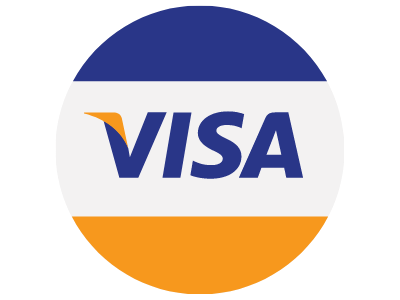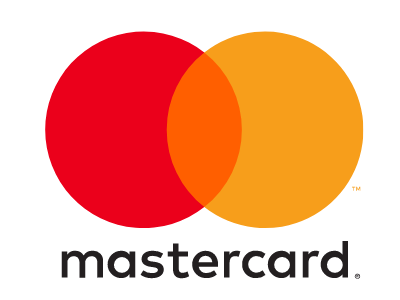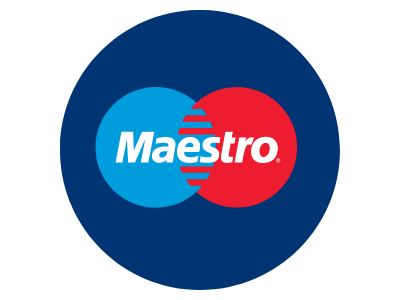
If you’re new to leveraged trading or just discovering the markets for the first time, you probably will have asked yourself either “what are CFDs?” or “what is CFD trading?” Instead of googling “CFD trading meaning” you can learn everything you need to know.

A contract for difference (CFD) is a popular type of derivative that allows you to trade on margin, providing you with greater exposure to the financial markets. CFDs are a type of derivative, meaning you do not buy the underlying asset itself. Instead, you buy or sell units for a given financial instrument depending on whether you think the underlying price will rise or fall. The broker enters the market with the full amount of funds providing leverage for clients. A CFD is a contract between a broker and a trader who agree to exchange the difference in value of an underlying security between the beginning and the end of the contract.
A futures contract (or simply ‘futures’) and a contract for difference are both derivative products. When you purchase a CFD, you are buying a set number of contacts on a market if you are expecting that market to appreciate and selling a set number if you expect the market to fall. The change in the value of the position you take is reflected in the movements of the underlying market. With CFD trading, you can close your position at any time when the market is open. Futures, on the other hand, are contracts that mean you are agreeing to buy a financial instrument at a set point in the future at a predetermined price. Unlike CFD trading, you have a set date and price for this transaction, which means closing your position could be costly. The value of a futures contract depends on both the current movements in the underlying market and the market sentiment about the future price of an asset.
When CFD trading, you can open positions on a variety of different asset classes including shares, indices, currencies, commodities and cryptocurrencies – all within one single platform. A trader can enter the stock market without having to deal directly with share purchases, providing greater liquidity and easier execution. This has the added benefit of being able to profit in a falling market by short selling. Trading CFDs is one of the very few ways to gain access to the indices market. CFDs on indices mirror the composition of a certain index. The FX market is suited to CFDs and leveraged trading due to the relatively small price movements that occur in these markets. Remember to employ risk management techniques when trading at all times and be even more cautious of assets that have a history of being highly volatile like cryptocurrencies
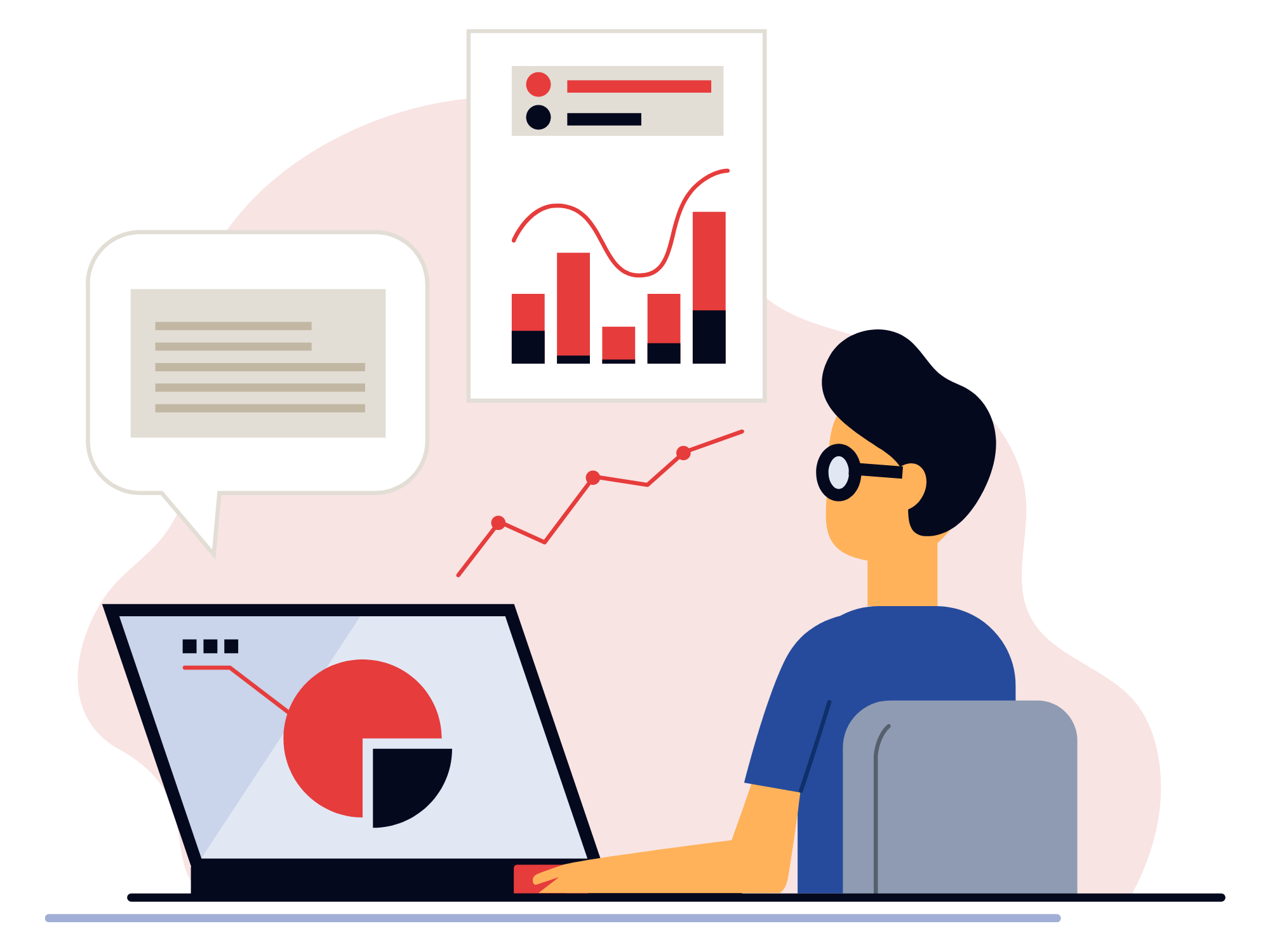
Many people new to trading often ask “how does CFD trading work?” A CFD is a derivative product that lets you trade whilst only putting up a fraction of the value of your trade, this is known as trading on margin. Trading on margin, or leveraged trading, gives greater exposure to global financial markets. Leverage trading involves only putting down a fraction of the value of your trade and essentially borrowing the remaining amount from your broker. This allows traders to open larger positions given their initial capital. Leverage trading can amplify your wins, but can also amplify your losses. When trading CFDs you do not own the underlying security. You simply buy or sell a contract depending whether you want to long or short a security.
How CFD trading works: When you open a CFD position you select the number of contracts (i.e. trade size) you would like to buy or sell and your profit will rise in line with each point the market moves in your favour. If you think the price of an asset will appreciate, then you would open a long (buy) position and profit if the market moves in line with your expectations. Conversely, if you think the price of an asset will depreciation then you would open a short (sell) position and profit if the market moves in line with your expectations.
Creating a CFD account with act-financial.pro is a simple and straightforward process, and will only take minutes to complete. First, you have to create an account using an email address and password. Then you have to provide proof of address and identity verification which can be done electronically. Finally, after this has been processed, all you need to do is fund your account in accordance with the minimum deposit.
Once you have your account set up, the next step is to devise a trading plan for trading CFDs. A trading plan is a structured method for identifying and trading assets that considers various factors such as timeframe, propensity to risk and the investor’s objective.
Contrary to popular belief, trading plans do not necessarily need to be pages long – they can simply be a comprehensive blueprint that has considered all essential factors. When devising a trading plan, you will consider: your motivation for trading, the time commitment you wish to make, trading goals, attitude to risk and risk management strategies, available capital, markets to trade and preferred trading strategies.
Once you have outlined why you want to start trading and how much time you have to commit to this, this will shape your goals. Be realistic with your goals. If you plan to commit a few hours a week, then don’t expect to make vast sums of money within a short timeframe; having unrealistic goals will encourage you to make riskier trades in a given timeframe.
It is crucial to determine how much you are willing to risk as well as your attitude to risk in order to formulate appropriate risk management strategies. If you are risk averse, then you will be looking for opportunities with lower risk-to-reward (R-R) ratios. Once you have considered risk management, you need to decide what asset classes you are going to trade, and this can be somewhat influenced by your goals. For instance, if you are looking for slow and steady growth, asset classes with higher volatility should form a proportionally small part of your portfolio. It is strongly recommended to diversify across all asset classes to increase the likelihood of good trading opportunities, as well as to mitigate risk.
You must decide what trading strategies you plan to use based on the factors mentioned above. A few basic strategies and techniques include:
Find out more about trading strategies and different techniques here.
Now that you have formulated your trading plan, use act-financial.pro’s award-winning platform to browse through more 1,000 financial instruments to find opportunities within a variety of different markets. We offer markets across the following asset classes: shares, indices, forex pairs, commodities and cryptocurrencies.
With CFD trading, you have the option to open long and short positions, meaning you can spot opportunities in rising or falling markets
Within our platform you will find the watchlist under at the trade terminal. The watchlist consists of two parts. Firstly, it shows the extensive list of instruments we offer, accompanied with useful filters to help you find the exact market you’re looking for. These filters include Major Indices and Popular Tech German Stocks for instance. Once you tap on an instrument you’ll become familiar with the other part of our watchlist that illustrates security prices dynamically in the form of real-time charts. You will see a graph, relevant news and buy-sell options for the instrument.
Once you’ve spot an opportunity in the market and you’re ready to trade, open the position in accordance with where you think the market will go. From this point, your profit or loss will move in line with the underlying asset price in real time. You’ll be able to monitor all positions that you have opened within the platform as well as close the positions when you want.
In the platform, you’re always offered two prices based on the value of the underlying instrument you are trading: the buy (bid) price and the sell (offer) price. The price to buy will always be higher than the current underlying value and the sell price will always be lower. The difference between these prices is called the spread.
When CFD trading, you’ll need to decide how many contracts you want to trade. Each market has its own minimum number of contracts. For instance, Brent crude oil has a minimum of 1 contracts to enter a trade.
You can set up limit orders to automatically close out a position at a given profit level so you do not have to watch the market constantly. Limit orders also reduce the likelihood of holding onto a winning trade for too long, as emotion can take over and blind you of your initial expectations.
Similarly you can place stop-losses to restrict your potential losses. A stop-loss is the point at which a position is automatically closed out if the price of the security drops below the trader’s entry point. Stops and limits are crucial risk management tools and are strongly advised.
If you make a trade and it is not going how you expected it to, act-financial.pro protects you from losing more than you initially invested. In order to keep positions open a trader must meet the maintenance margin requirement; the minimum value of funds needed to be kept in a margin account to cover any credit risks whilst trading. The value maintained in a margin account acts as collateral for credit.
When a trader’s exposure is about to exceed the maintenance margin requirement, act-financial.pro notifies them via a ‘margin call’. This is where a trade will either need to top up their balance or close some of their positions. If they do not act, their positions will be automatically closed if the close out level is reached.
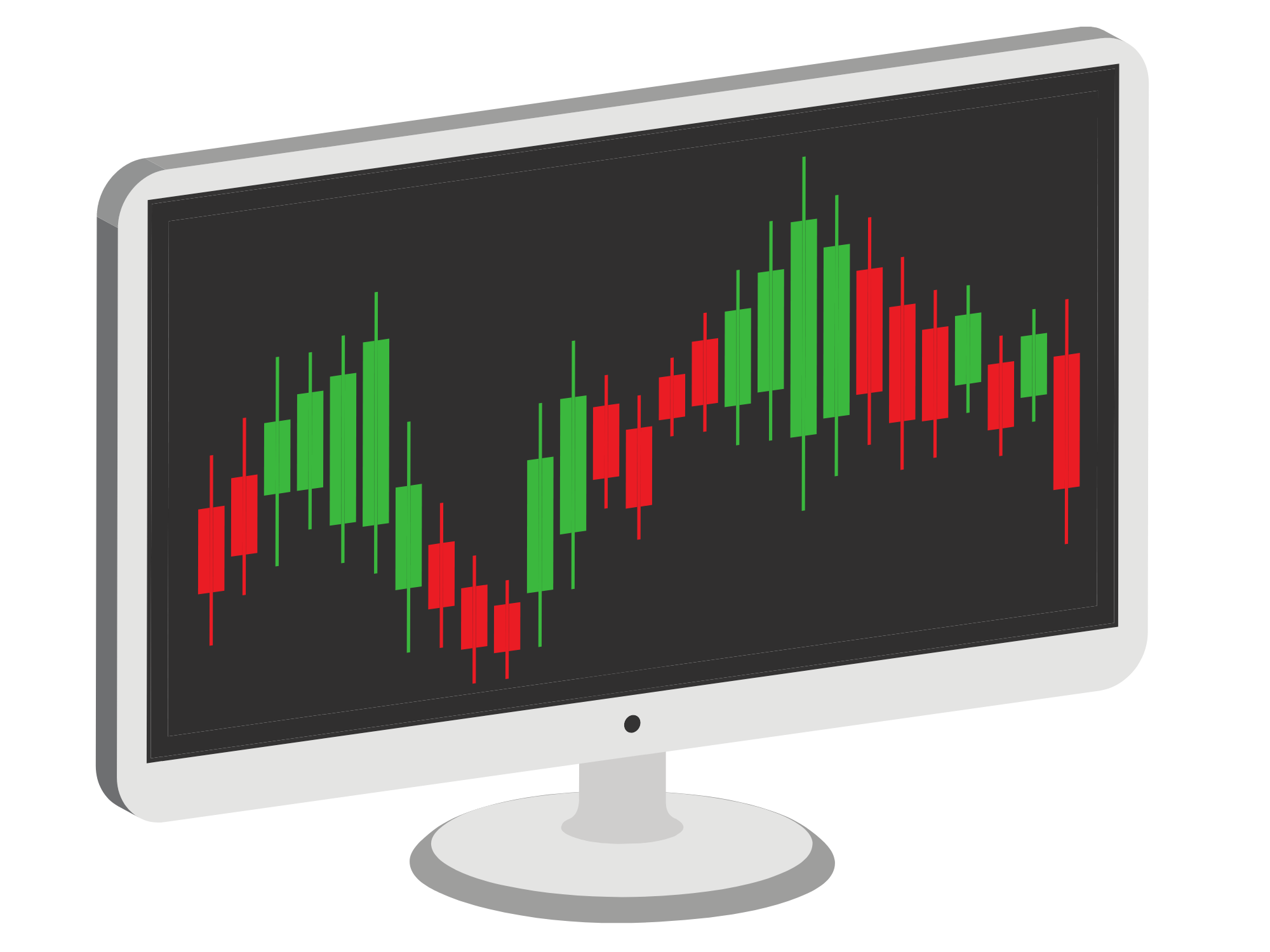
Contracts for difference (CFDs) enable investors to trade numerous markets with easy-to-use platform at act-financial.pro
CFDs are derivative products that allow investors to trade on margin, facilitating greater exposure to financial markets. You can trade CFDs on multiple asset classes such as shares, indices, commodities, currencies and cryptocurrencies. act-financial.pro’s platform provides access to more 1,000 different financial instruments across these asset classes, so you are only ever a few clicks away from trading the world’s most popular markets all in one place.
A share represents a portion of ownership in a company. The value of shares rise and fall respective to the company’s value, which provides a basis for speculation on these movements in a stock market. However, an investor need not buy a share to gain the benefits of share trading; they can make profit through CFD trading markets.
A traditional way of investing in the stock markets involves the purchasing of shares in a company on a stock exchange, hence owning the underlying asset itself. This is considered a long-term approach, as the investor is waiting for a sustained price increase.
Another way of gaining exposure in the stock markets is to trade CFDs on shares, speculating the price changes of an underlying stock, without having to own it. The tends to be considered a shorter-term approach.
Shares prices are determined by a combination of factors such as the supply and demand for the share in question, which is affected by current company earnings as well as future performance predictions.
CFDs require a lower initial outlay than traditional share trading because CFDs are traded on margin. Consequently, CFD traders are able to speculate on stock price movements of the most valuable and popular share markets around the globe
A stock index is a measure of a particular section of the stock market, whether that be a list of the biggest companies in that market or a particular sector in the markets. The value of the index is the sum of its components and tracks accumulated changes in the individual companies.
You can gain exposure to indices markets by trading CFDs. CFDs on indices mirror the composition of a certain index.
If an investor wants to speculate on an industry’s performance, or the performance of a whole economy, they can trade CFDs on indices. Our trading platform enables investors to benefit from price movements in major global indices.
Commodities trading is where raw material assets such as sugar or wheat are bought and sold. In other words, commodities are the raw materials that comprise the global economy.
Commodities can be categorised into two types: hard and soft. Soft commodities are commodities that tend to be grown, these include: coffee, sugar, fruit, livestock and many others. Whereas hard commodities are commodities that must be extracted in some variety, including those such as: gold, silver and oil.
You can trade CFDs on commodities. With CFDs, you do not own the underlying asset physically. For instance, there’s no need to store any crude oil when you trade Brent Crude CFDs. You simply trade the price of the commodity and you’ll never have to take delivery.
Trading CFDs on currency pairs is a common way to profit from the FX market. In a contract, the buyer and seller agree to exchange the difference in value between the contract is opened and closed. When CFD trading, you speculate on currency pairings by trading a specified amount of contracts in the base currency. The FX market is suited to CFDs and leveraged trading due to the relatively small price movements that occur in these markets. CFDs provide a simpler and more cost effective way to trade commodities compared to futures.
There are many ways to gain exposure in the cryptocurrency markets. A trader can purchase the cryptocurrency itself on numerous exchanges. For example, purchasing Bitcoin on Bitfinex, Binance etc. In this instance, the trader owns the cryptocurrency themselves. This tends to be considered a longer-term investment, as traders are waiting for a substantial price increase in order to profit from their holdings.
Otherwise, the alternative is to trade CFDs on cryptocurrencies, speculating on the price movements, without holding the underlying asset. This tends to be considered a shorter-term investment.
There are crucial differences between trading CFDs on cryptocurrencies and exchanging cryptocurrencies themselves. When you purchase cryptocurrency, it is stored in a wallet, whereas when you trade CFDs on cryptocurrencies, the position is held in your account, which is regulated by a financial authority.
You have more flexibility when you trade using CFDs because you are not tied to the asset; you have merely bought or sold the underlying contract. Additionally, CFDs are a more established and regulated financial product. It is worth noting, however, that the increased volatility of bitcoin, matched with leveraged trading, can provide amplified wins as well as losses. Ensure you employ rigorous risk management techniques and utilises stops and limit orders.

For example, you buy 10 CFDs on Apple at a price of 302.64. Your initial outlay is $605.28 (due to the 5:1 margin). The value of Apple stock moves to 323.8, and you decide to sell at this value – a 21.16 point increase. The profit you have made from this trade is $211.60, calculated by multiplying the point increase with the number of contracts purchased.
With CFD trading, you’re always offered two prices based on the value of the underlying instrument: the buy (bid) price and the sell (offer) price. The price to buy will always be higher than the current underlying value and the sell price will always be lower. The difference between these prices is called the spread.
The contract size of a CFD depends on the underlying asset. For example, a share CFD implies 1 share. So, if you intend to trade 1,000 shares of Tesla using contracts for difference, you should buy 1,000 CFDs. Commodities are far more interesting from this perspective. The contract size of gold is a troy ounce. Soybean is traded in bushels. Coffee is traded in pounds, and so on.
When you open a CFD position, you select the number of contracts you would like to trade (buy or sell) and your profit will rise in line with each point the market moves in your favour. If you think the price of an asset will appreciate, then you would open a long (buy) position and profit if the market moves in line with your expectations. Conversely, if you think the price of an asset will depreciate, then you would open a short (sell) position and profit if the market moves in line with your expectations.
For example, you think Apple shares are going to appreciate and you want to open a long position to profit from this opportunity. You purchase 100 CFDs on Apple shares at $160, so the total value of the trade will be $16,000. If Apple appreciated to $170, you make $10 per share, which is a $1000 profit. This is illustrated below.
For example, you think that the Apple price will depreciate, and you want to profit from this movement. With CFDs you can open a short position (known as short-selling) and profit from a falling market. This time, let’s say, you decide to sell 100 CFDs on Apple at $170 per share, which then falls to $160 per share. You will have made a profit of $1000, or $10 per share.
You can set up limit orders to automatically close out a position at a given profit level, meaning you don’t have to spend time watching the price fluctuate. Limit orders also reduce the likelihood of holding onto a winning trade for too long, as emotion can take over and blind you of your initial expectations. Similarly you can place stop-losses to restrict your potential losses. A stop-loss is the point at which a position is automatically closed out if the price of the security drops below the trader’s entry point. Stops and limits are crucial risk management tools and are strongly advised.
Setting stop-losses is extremely good practice for any trader, even for a seasoned one (and that’s not speaking of beginners). You may question the importance of stop-losses when you don’t have open positions. But once you feel the emotional weight of a falling market, you will understand how painful it is to lose your money in a matter of seconds. The market is volatile, and you should accept that; it will help make you a smarter trader.
One of the major points to remember when trading CFDs is that they do not have an expiration date. A trade is closed only when placed in the opposite direction – it is as simple as that. For example, you can close a buy trade on 100 CFDs on silver only by selling these CFDs.
Profit and loss are easily calculated with a simple formula. You just multiply the number of contracts you hold by the difference in price.
After you’ve considered extra costs like spred and swap, then you will have the ‘take home’ value of your wins or losses.
Your profit to loss ratio, often abbreviated to P&L, can be calculated using the following formula:
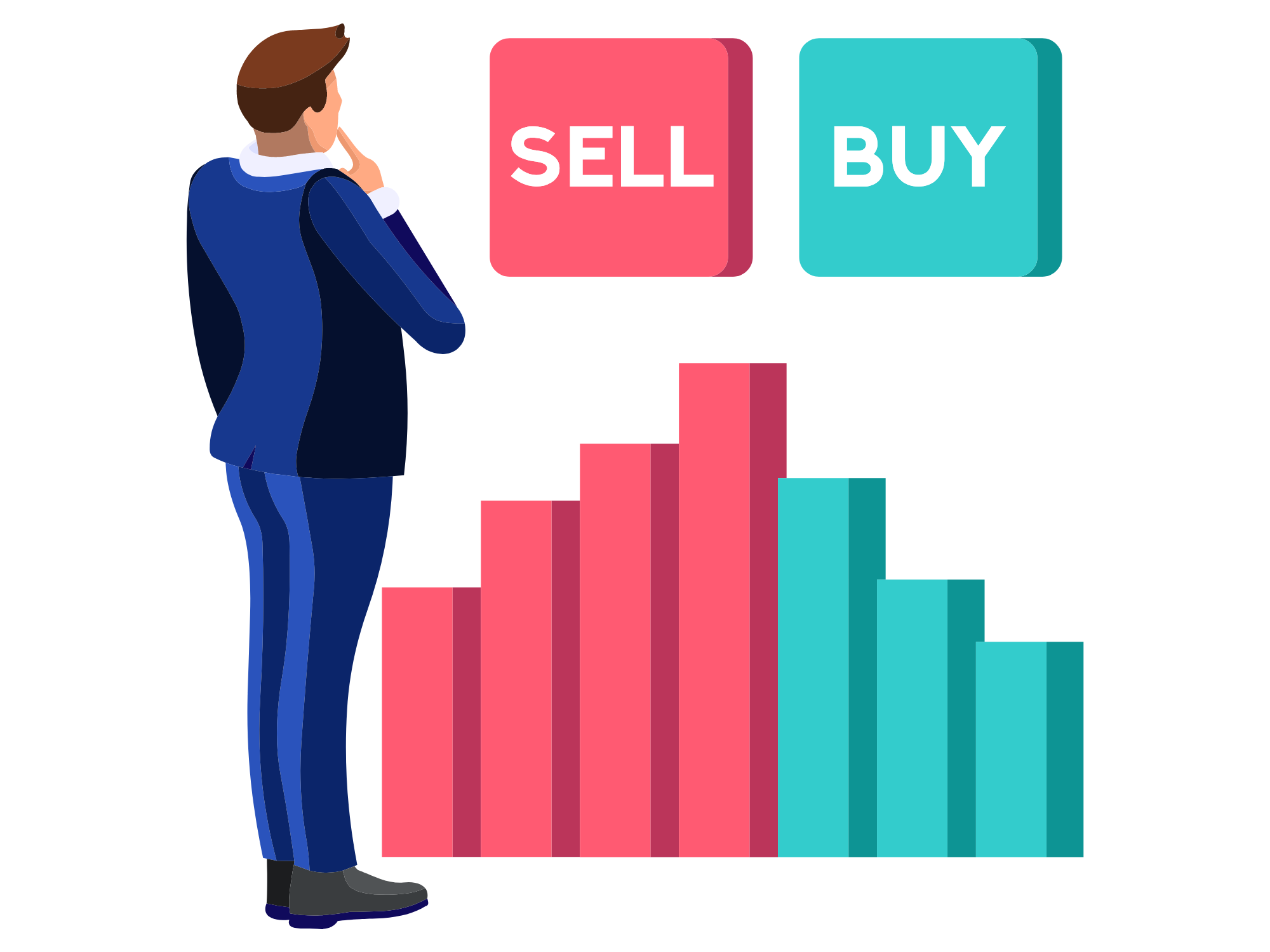
When investing in shares a trader has two options. One option is to purchase actual shares in companies on different exchanges where they are listed; this is known as share trading. For example, you can purchase Apple shares on the NASDAQ stock exchange, where you have a stake in the company. This is known as a more long-term approach to investing, where the trader is usually expecting the price to rise over a the time frame of months to years. Share trading is popular but lacks the flexibility, in the form of leverage, that CFDs offer.
The alternative to buying shares is CFD trading on shares. A trader can purchase a contract for difference (CFD) on a particular equity, speculating of the price difference of an underlying asset (in this case a share) without having to own it. A CFD is a derivative product where a broker typically agrees to pay an investor the difference in the value of a security between an opening and closing price. Traders can open long positions (speculating that the price will rise) or short positions (speculating that the price will fall). CFD trading tends to be considered a short-term investment, where trades are opened and closed within day to week timeframes.
The vital difference between taking a long position with a CFD and purchasing a security is the ability to make leveraged trades. CFDs are traded on margin, which means that a trader can open larger positions relative to the amount of initial capital they have.
With CFD trading, you are only required to pay a fraction of the upfront value of your trade, known as the margin, which means you can access a position of equivalent size in the stock market for less money. When you buy a physical share you are paying for the full cost of the asset upfront. This, however, does not mean your total exposure is any different with either method. While leverage can amplify profits, it can also amplify losses.
The costs associated with CFDs and share trading also differ. When trading CFDs with act-financial.pro, you do not get charged any commission; you simply pay the spread and any associated overnight fees. However, with shares, depending on your broker, you will probably be charged commission, and you have to pay the stamp duty exercised on the security.
CFDs provide an excellent insurance opportunity to hedge your existing portfolio due to the fact that you can sell short, speculating on a price downtrend. Say, for example, that you have an existing portfolio of blue chip shares. You want to them hold for the long term, but you feel as if the market is about to witness a short dip, and you are concerned about how this will affect the value of your portfolio. With leveraged trading, you can short-sell this market in order to hedge against this possibility. If the market slides, what you lose on your portfolio can be offset by the gain from your short hedge using CFDs. If the market rises, you will lose on your hedge but gain on your portfolio.

Lux Trust AM makes the majority of it’s money through the spread, the difference between the buy and sell price, when trade will be open.

Stocks are available to trade with up to 1:20 leverage. Start trading with as little as $10000 to control a position of $200000.

Trade 24/5 on a wide range of assets with a maximum leverage. Buy and sell assets to take advantage of rising and falling prices.

Lux Trust AM regulated by AFM and MIFID II directive, which is a guarantee of legal trading and reliable storage of funds.

Open your trading account

Verify your account
Deposit your trading account

Trade more than 1000 assets
